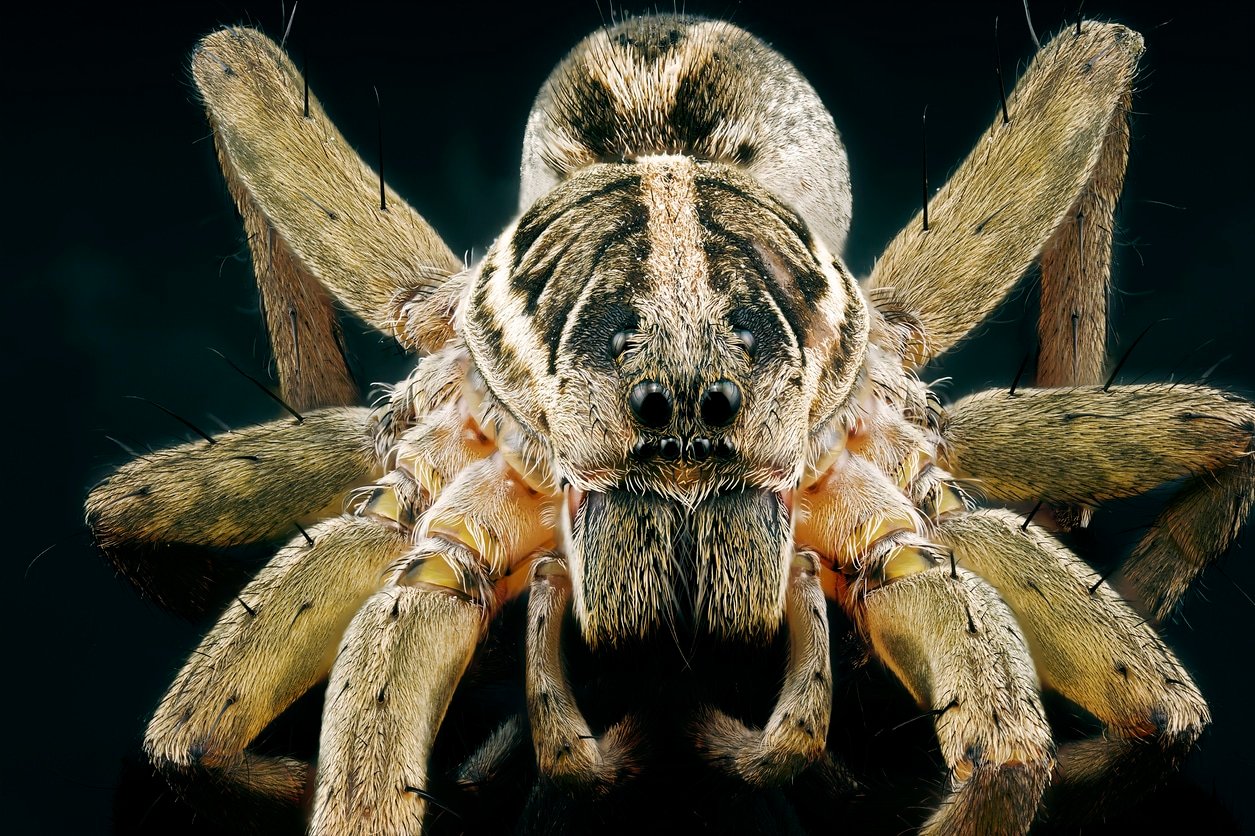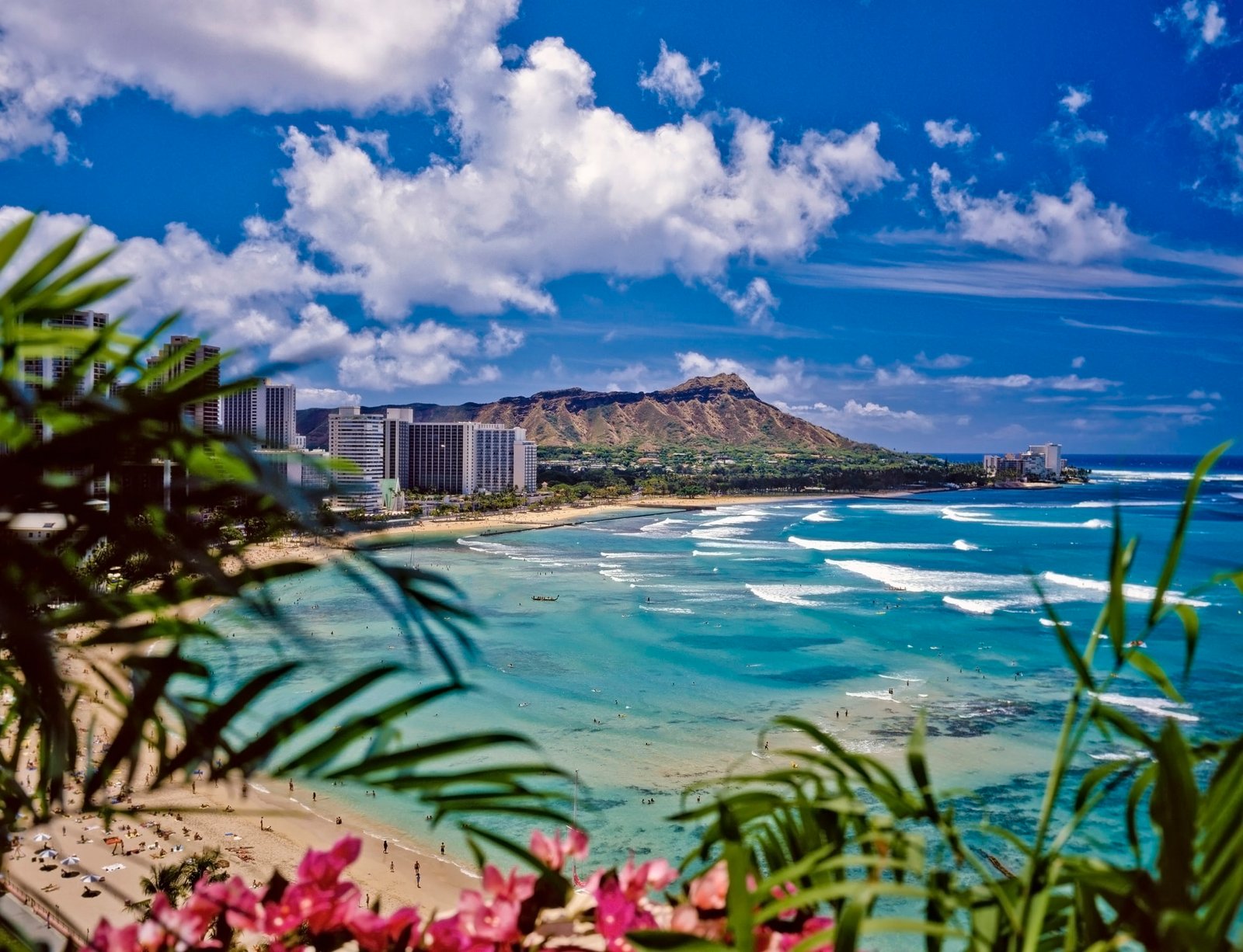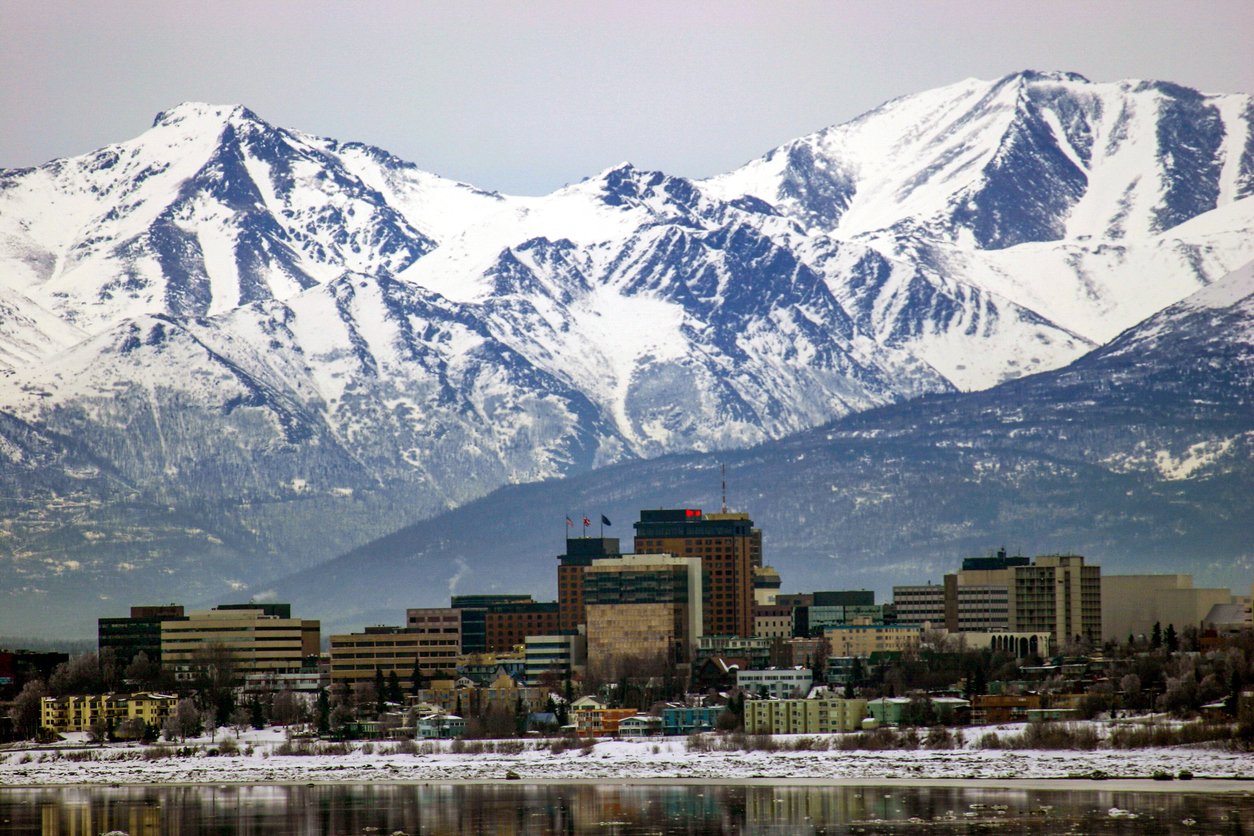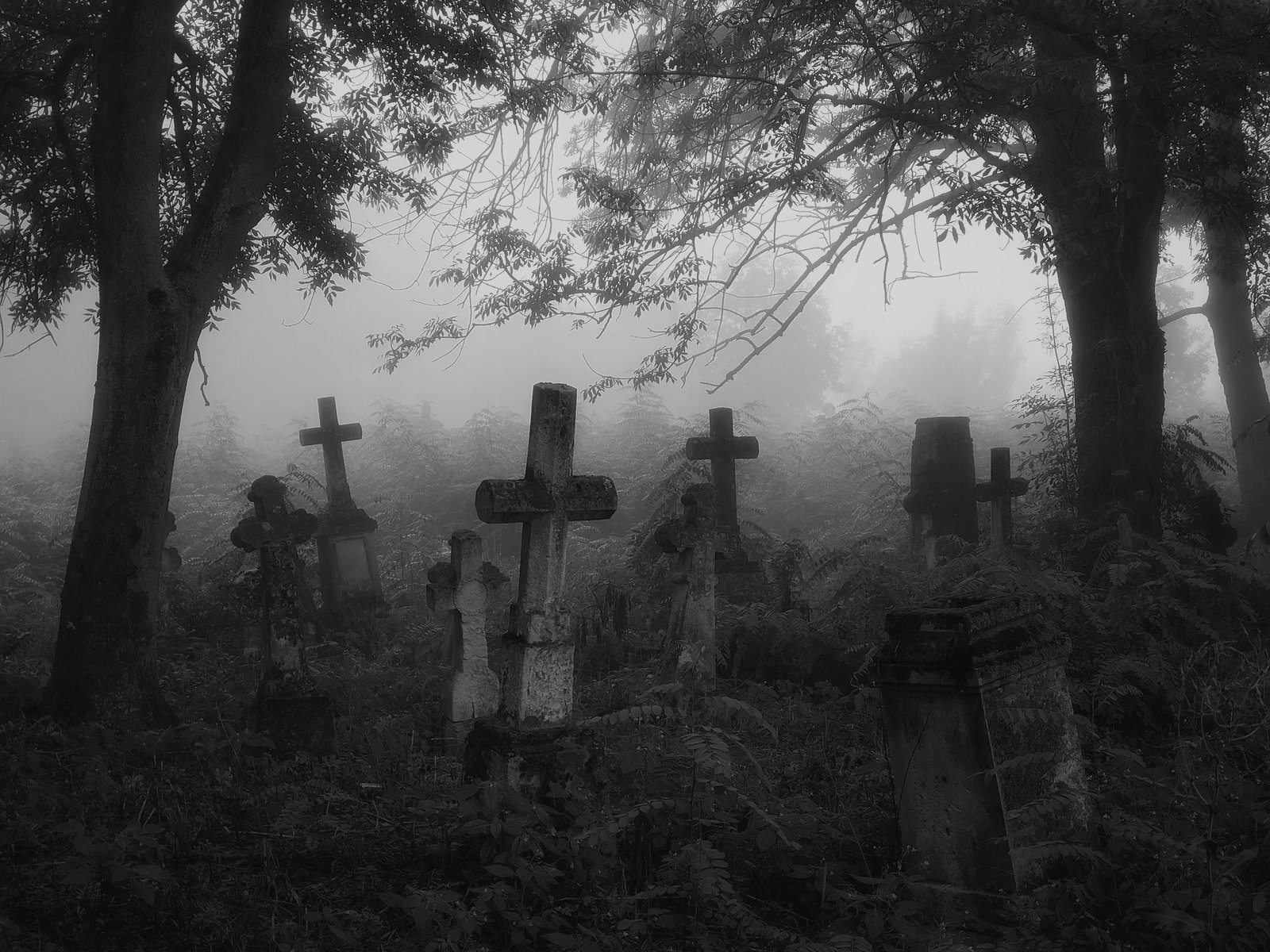Despite The Cold, Alaska Has Spiders! Here’s What You Must Know
|
Prefer listening over reading? We got you covered!
Getting your Trinity Audio player ready...
|
If you’re deathly afraid of spiders (don’t worry, we understand!) and need to check every location you visit to see whether there are spiders, you may be hoping that Alaska is too cold for them to survive.
However, spiders can actually survive in temperatures down to 23° F. While some of the winter months in Alaska are too cold for spiders to survive in the open, not all months are cold, and summer temperatures can reach 90°F.
As that’s the case there are, in fact, over 600 species of spiders running around in Alaska, though not all parts of Alaska have spiders. Your best bet would be to visit the northern part of Alaska during winter if you really want to avoid them.
Below we show you what spiders are in Alaska, where you’re most likely to come across them, the most dangerous ones to watch out for, and what to do if you’re bitten.

The Spiders That Live In Alaska
With over 600 species of spiders in Alaska, we can’t really list them all, but three of the most common spiders you’ll find inside your house, or hotel room are the cobweb spider, hacklemesh weavers, and jumping spiders.
Luckily none of these spiders are dangerous to you, and they actually protect your home from other insects by eating them. (Recommended: Are There Snakes in Alaska?)
Cobweb Spider
Cobweb spiders are relatively small but don’t have any fear of taking down much larger insects or even other spiders, such as the brown recluse spider.
The cobweb spider will rebuild its web daily and then wait for something to enter the web.
Once something is stuck in its web, it will go to work eating its dinner. They are not aggressive towards humans and, due to their size, can’t cause any issues for people.
Hacklemesh Weavers
This tiny brown spider is often mistaken for a brown recluse which is a dangerous spider.
However, you can tell the difference if you get close enough to check its belly for the brown recluse’s violin markings. But with any spider, we would just suggest not bothering them.
The Hacklemesh Weaver is not aggressive and poses no risk to humans. You may find it in your basement laying eggs, or you might even stumble across it in the woods.

Jumping Spiders
As the name suggests, this spider jumps, which can be quite startling if you find a spider jumping at you or near you.
However, you don’t need to run as jumping spiders can not harm humans. Instead, the jumping spider will pounce on its prey and then use its webbing to drag it somewhere to eat.
You will most likely find these tiny spiders on curtains, cushions, and your walls.
Just remember that there is no danger to you if the spider jumps towards you.

Dangerous & Poisonous Spiders in Alaska
Most people wonder what poisonous spiders there are in Alaska, but spiders are venomous, and almost all of them have venom.
However, a spider’s size, ability to bite you, and how much venom it injects into you really determine if you are in danger.
There are no deadly spiders native to Alaska. However, some spiders can cause pain if they bite you, such as the hobo spider. Hobo spiders are not aggressive and will only bite if pressed against your skin, such as when you’re rummaging around a shed.
While not native to Alaska, the brown recluse spider has been reported a number of times when it hitches a ride to Alaska on produce. However, once there, it doesn’t have the ability to survive, so it would only be a danger to the person handling the food.
Hobo Spider
The Alaskan Panhandle has been home to the Hobo spider (Tegenaria agrestis) since the 1930s, and this spider does have mild venom. Although it’s not known to cause issues to humans.
Brown Recluse
The brown recluse’s body is only around 1-inch long but the venom it can inject into you is highly potent. It’s quite rare for healthy adults to die from a brown recluse bite.
However, it can leave you very sick for many weeks, so seeking treatment from a doctor would be required.
They are not aggressive towards humans and can’t be found in the wild in Alaska, but because they are being found in produce shipped into the stat, you may stick your hand in and disturb them, leading to a reactive bite from the spider.
The only other spider that could be a problem to healthy adults would be the black or brown widow spider.
However, these are not native to Alaska and have not been reported as hitching rides up in produce like the brown recluse. However it’s still best to be careful of any imported produce to ensure no spiders could cause you harm.
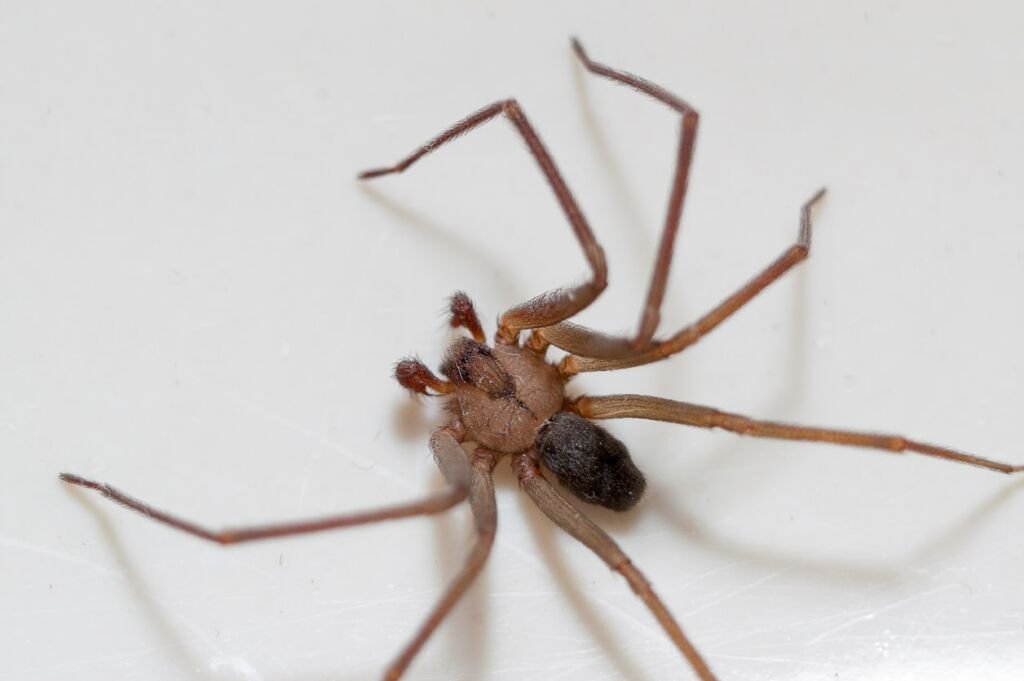
Big Spiders In Alaska: Unfortunately They’re Huge!
The two largest spiders in Alaska are fishing spiders and wolf spiders. Both can reach up to 3 inches in leg span!
You generally don’t need to be concerned with them. However, if they get trapped in clothes or are disturbed, they may bite you.
Their bites are not fatal but can cause a lot of pain, so it’s best to avoid them when possible.
Fishing Spiders
Fishing spiders (Dolomedes) generally like to be near water, as their name suggests. They can dive in the water to depths of 18cm and eat tadpoles and small fish.
Because they are the size of an adult’s hand, they can be pretty menacing when you stumble across one.
They can bite, and it will be painful, but you shouldn’t have any ongoing efforts from the bite. Although we would always advise seeking medical advice if bitten by a spider.
Wolf Spiders
Wolf spiders can reach the same leg span as fishing spiders, but they are much larger due to their thicker legs and large heads.
Unlike other spiders that use their webs to catch prey, the wolf spider will actually chase and violently kill its prey using its large body and keen eyesight.
If threatened by a human, a wolf spider will bite. There will be pain and swelling in the area, but there shouldn’t be any long-term effects from the bite.

How Do Spiders Survive In The Cold?
Some spiders in Alaska will only survive a single season and then die as winter comes.
However, they’ve most likely laid eggs in a protected area, and due to the egg sac, the spiderlings are protected until the warmer months come.
Other spiders will hibernate or enter partial hibernation (diapause); they will find a sheltered space to sleep the coldest winter months away and then emerge once temperatures begin to rise.
If there are a few days when temperatures rise, they will wake up and forage for food and then return to hibernation when the cold comes back.
Incredibly, spiders that have adapted to the cold can also create their own antifreeze to lower their body’s freezing point!
When they sense the temperature is dropping, they will start producing this antifreeze which allows them to continue moving around even below freezing temperatures.
However, this antifreeze won’t keep them safe forever, and the spiders still need to find a good shelter to protect them from freezing to death.
However in some areas of northern Alaska where it is freezing cold for much of the year, almost all spiders cannot survive.

Should You Get Treatment?
If a spider has bitten you, you should seek medical treatment.
Most spider bites won’t be deadly to you, especially in Alaska, but you can still have pain and some sickness.
In the rare case you have an allergic reaction to the spider venom, the doctor can treat you and ensure you stay safe and healthy.
At a minimum, make sure you clean the area with soap and water. Take an over-the-counter pain reliever, and if red and itchy, take an antihistamine. You should also apply cold compresses and elevate the area if possible. Keep an eye on the area and if it starts to become worse, go to the hospital right away.
If you were able to identify the spider, that would also be helpful if any antivenom is required. However, antivenom can cause issues for people as well, so it is not used unless you have severe effects from the spider bite.
Our Final Thoughts
Spiders are found in all corners of the earth, and a fear of spiders is the most common fear among adults.
Almost all of them are venomous, but due to their size and venom strength, most spiders are not a significant danger to humans.
However, that doesn’t mean that being bitten by a spider will be fun, as they will still be injecting you with venom, which depending on how your body reacts, could cause pain, swelling, and blistering around the area.
Alaska is not home to any especially dangerous spiders, but there are still some that can cause you pain if they happen to bite you. So you do want to avoid them.
Aside from pain, some of the spiders in Alaska can be quite large and may simply frighten you due to their size or even if they start jumping around your living or hotel room.
You’ll also find fewer spiders the more north you go in Alaska due to the cold, but in southern parts of Alaska like Fairbanks, you will find just as many spiders as any other US city.
Make sure that wherever you are you are watchful of where you put your hands, what you put your feet into, and of course, make sure you shake out your clothes if they’ve been sitting for some time. Most spiders are not interested in attacking humans, but if provoked, they sometimes will.


